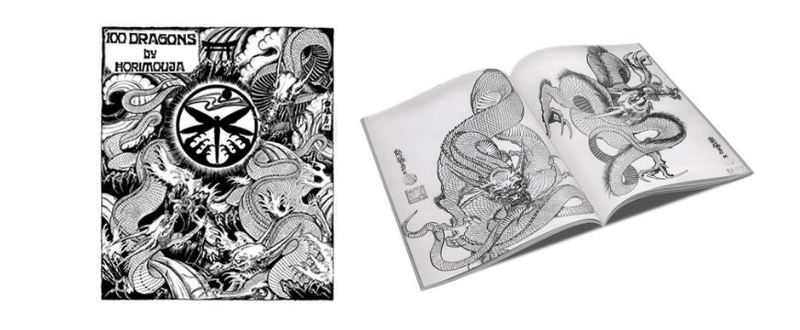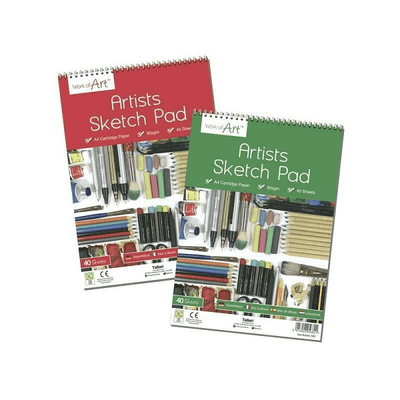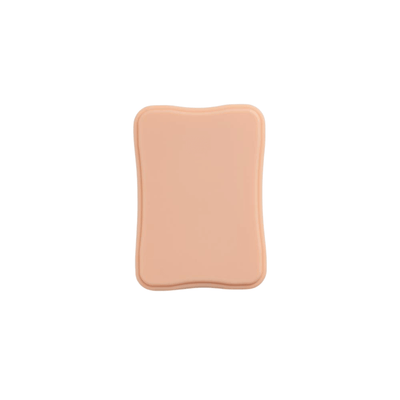Are you looking to take your tattoo artistry skills to the next level? Drawing is an essential skill for any aspiring or experienced tattoo artist, and with some practice and dedication, you can easily become a master of your craft.
In this article, we will discuss various tips and techniques that can help you perfect your drawing technique so you can continue to create beautiful tattoos.
From understanding the basics of shading to mastering complex designs, this article will provide essential tips for improving your drawings to take your tattooing to the next level.

Strong Lines are the Foundation of Good Tattoos
The importance of nailing the lines in your drawings cannot be overstated. Strong lines are the foundation of any traditional tattoo artwork and are essential for bold, clear designs that stand out on the skin. Creating a crisp line is an art form in itself and mastering this skill will take time and practice.
Linework is the backbone of any design as it forms a structure that provides the basis for shading and colour. When tattooing, one must pay careful attention to the line consistency and precision to ensure that their artwork looks perfect from all angles and stands the test of time.
How to Practise Drawing Straight Lines
Improving your drawing skills is all about practice and repetition. Allocating time to practise lines of varying weight, length, and arc will help you consistently produce quality lines.
If you are just starting out, begin by sketching simple shapes such as circles or triangles and then move on to more complex designs. As you draw, focus on keeping your lines clean.
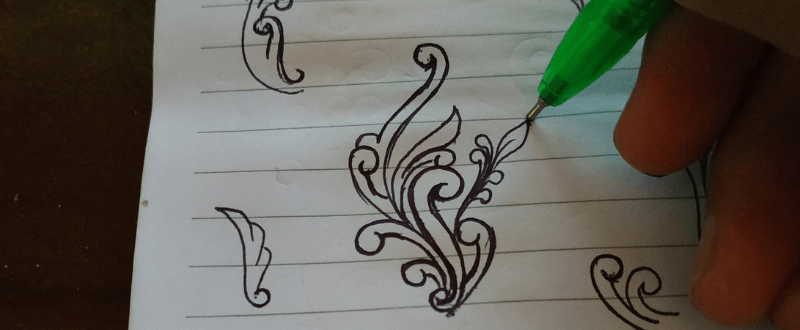
Start your sketches in pencil and then go over the lines with a thicker pen or marker. You will soon see how details in more intricate designs can easily bleed together. Mastering smooth lines of different thicknesses in your drawings will give you more control over this.
Wobbly lines will ruin a good tattoo design, so make sure to keep every line as accurate and precise as possible. Additionally, draw with a light hand; this will help you draw more quickly and make subtle adjustments to more complex designs if needed.

A Good Tattoo Artist Understands the Basics of Shading and Colour
Once you have built up your line work skills, it's time to focus on shading. A tattoo without any shading looks flat and incomplete (unless you are going for a more minimalist tattoo design, of course).
With the right combination of highlights and shadows, a tattoo design can come to life and appear vibrant and realistic. The perfect balance of light and dark creates texture and tone, which all work to add depth and realism to your tattoo design.
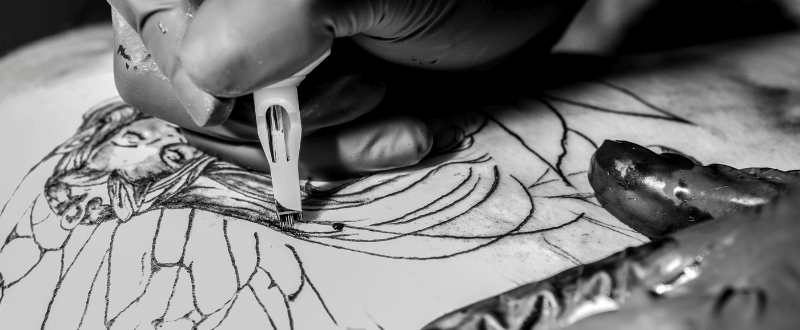
It will require patience, precision, as well as a steady hand to create beautiful shadows that enhance your line work. Mastering shading takes time, so don't rush it!
Colour theory is also a valuable component to add to any tattoo artist's arsenal. Understanding how different colours interact and look alongside one another is an important skill. Knowing how certain pigments will change in appearance when placed against various skin tones will also help take your tattoo designs to the next level.

Start Practising With Tattoo Books
One of the best ways to start practising your drawing skills as a tattoo artist is by using tattoo books. Tattoo books are filled with designs and line work that you can draw, learn from, and use as a reference for creating tattoos. They contain images that range in complexity, allowing you to gain experience with different types of artwork.
A tattoo book is also an excellent tool you can use to practise drawing without putting too much pressure on yourself. Try and recreate each design on paper and use different drawing techniques to add shadows and highlights to the correct sections. Drawing exercises like this will help you hone your eye while letting your overall tattooing style and skills improve.
It is important to remember that tattoo books are meant solely for practice and should not be copied or stolen for professional use. While tattoo books contain a variety of designs that may draw the eye of an aspiring tattoo artist, they should be treated as reference material only.
Other Ways Tattoo Artists Start Drawing
Practice Skin
Once you've mastered the basics, there are several other methods that can help you improve your drawing skills. One way to practice line work is by using fake tattoo skin. These practice skins are usually sheets of synthetic leather or rubber that mimic human skin texture and tone.
Synthetic skin allows tattoo artists to make mistakes and learn without worrying about any permanent consequences. Even more advanced tattoo artists can benefit from using practice skin every now and then. It is a great medium to experiment with new techniques or try out new equipment in a safe and controlled manner.
Check out the blog Which Fake Tattoo Skin is the Best? if you are still deciding which to buy.
3D Objects
3D objects are also great tools to draw on and practise your technique. Drawing on raised surfaces is far more difficult than drawing on paper or a practice skin because the shape of the object affects how the lines look and interact with each other.

A curved container, coffee cup, or other household objects are great to practise on. The body part your client wants to tattoo isn't going to be completely flat after all. These drawing exercises are a great way to practise as they require more control and precision, giving you a better understanding of how your designs will look against the human body.
Practise Makes Perfect
It is clear that strong, precise lines are the foundation of a successful tattoo. While they may appear simple enough, they are not always so easy to draw. Tattoo artists should take the time to practise drawing lines as well as understand the basics of shading and colour.
Mastering these skills takes time, but whether you practise on paper, with tattoo books, or draw directly onto synthetic skin or 3D objects, there are many ways to hone your skills as a tattoo artist.
Even if you’re already experienced in the art of tattooing, it never hurts to take some extra time out every so often to ensure your craft remains sharpened!




























































 Studio supplies
Studio supplies












 Power & batteries
Power & batteries







 Aftercare
Aftercare



















 Apprentice
Apprentice


 Piercing & jewellery
Piercing & jewellery







 PMU supplies
PMU supplies



 New arrivals
New arrivals
 Gift vouchers
Gift vouchers
 Shop all
Shop all



